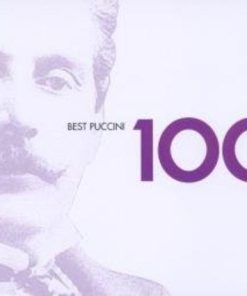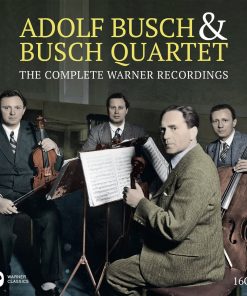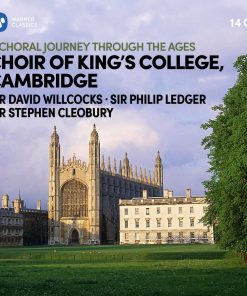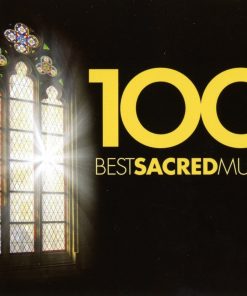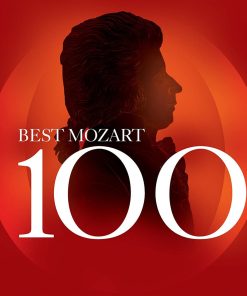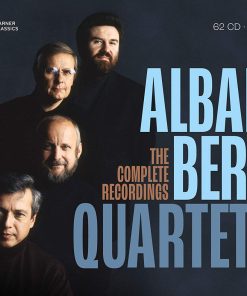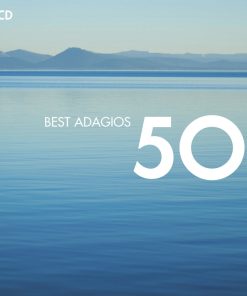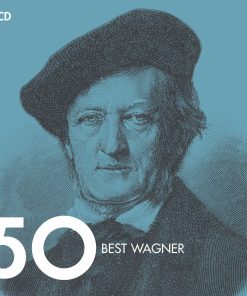MOZART A L’OPERA – NATALIE DESSAY, CÉDRIC PESCIA, PHILIPPE CASSARD, ORCHESTRE NATIONAL DE BRETAGNE La Dolce Volta
$ 23,99 $ 14,39

The voice! The voice which, even if absent from the score, insinuates itself between the two hands of a pianist playing Mozart. In this music, all is dialogue, mingled avowals and passions, on the threshold of the opera house. All Mozart’s forms are nurtured by the same source, that of vocal melody. ‘I like an aria to be as precisely tailored to a singer as a well-cut suit’, he declared when he composed an aria. And what an aria this one is! Ch’io mi scordi di te! The keyboard enters into dialogue with the soloist. And then we leave the world of the aria for that of the concerto, unless it be an imaginary sonata . . . Directed from the piano by Philippe Cassard, the Concerto no. 22 borrows the same ‘suit’. Here is a piece of ‘wordless theatre’, composed at the period of Le nozze di Figaro, which portrays first drama, then meditation, and finally carefree joy. The divine spectacle continues with the Fantasia K475, which foreshadows the worlds of Beethoven and Schubert, with their cries and whispers and things unsaid.
Let us complete these imaginary dialogues with the finest of the sonatas for piano four hands, K497. Two voices in unison, enamoured of beauty.

Fantasia in C minor K475 12’17
PIANO CONCERTO IN E FLAT MAJOR K482
Allegro 14’05
Andante 7’28
Allegro 11’58
Ch’io mi scordi di te, concert aria K50510’09
SONATA FOR PIANO FOUR HANDS IN F MAJOR K497
Adagio 2’03
Allegro di molto 5’14
Andante 7’27
Allegro 7’58
Fast Shipping and Professional Packing
Due to our longstanding partnership with UPS FedEx DHL and other leading international carriers, we are able to provide a range of shipping options. Our warehouse staff are highly trained to pack your goods exactly according to the specifications that we supply. Your goods will undergo a thorough examination and will be safely packaged prior to being sent out. Everyday we deliver hundreds of packages to our customers from all over the world. This is an indication of our dedication to being the largest online retailer worldwide. Warehouses and distribution centers can be located in Europe as well as the USA.
Orders with more than 1 item are assigned processing periods for each item.
Before shipment, all ordered products will be thoroughly inspected. Today, most orders will be shipped within 48 hours. The estimated delivery time is between 3-7 days.
Returns
The stock is constantly changing. It's not entirely managed by us since we are involved with multiple parties such as the factory and our storage. The actual stock can fluctuate at any time. Please understand it may happen that your order will be out of stock when the order is placed.
Our policy is valid for 30 days. If you haven't received your product within 30 days, we're not able to issue either a return or exchange.
You are able to return a product if it is unused and in the same condition when you received it. It must also still remain in the original packaging.
Related products
MUSIC CDS
MUSIC CDS
MUSIC CDS
MUSIC CDS
MUSIC CDS
MUSIC CDS
MUSIC CDS
MUSIC CDS
MUSIC CDS



